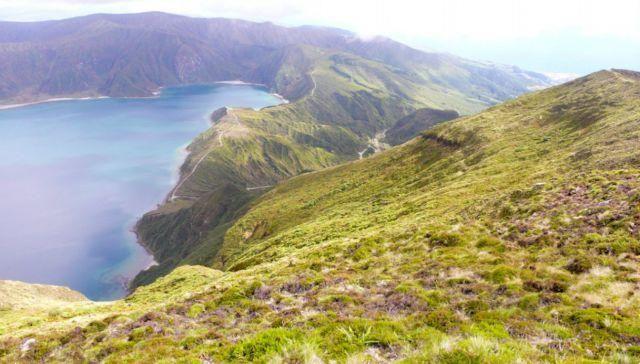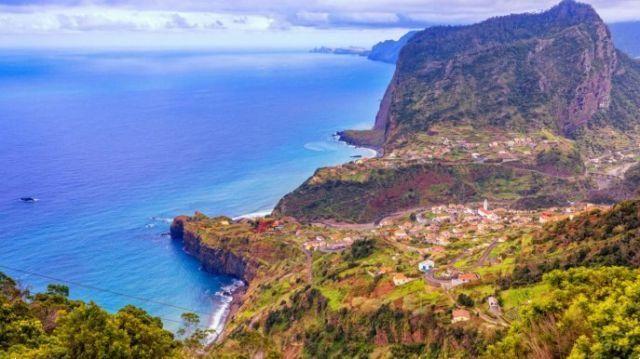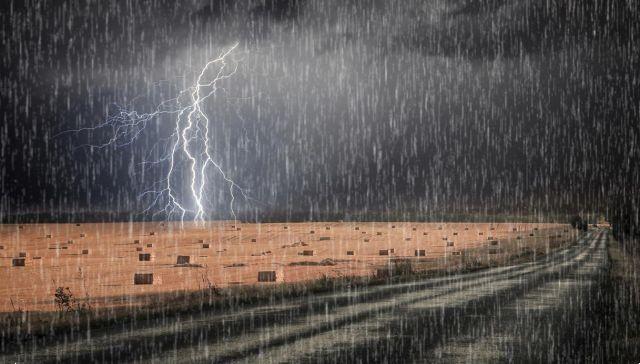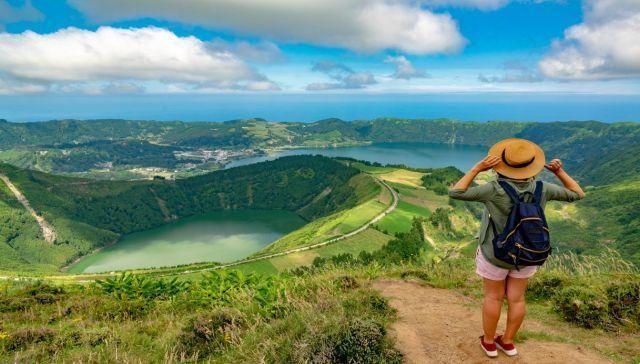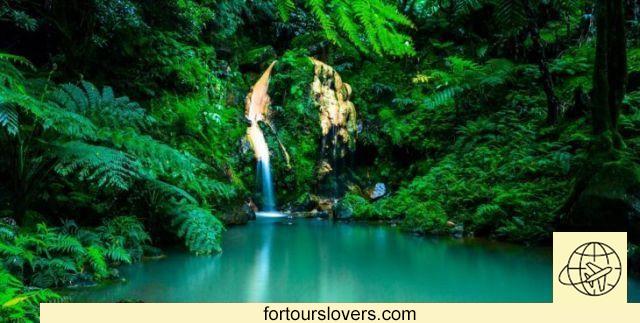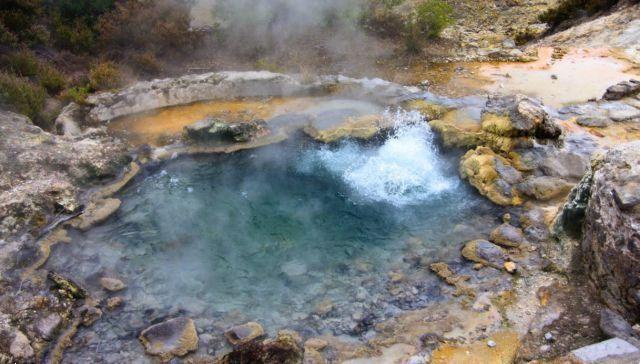 Spectacular crater lakes and boiling thermal waters. The summer of your dreams in the Azores archipelago
Spectacular crater lakes and boiling thermal waters. The summer of your dreams in the Azores archipelago
The Azores. Archipelago of the North Atlantic Ocean, region of Portugal. Volcanic islands covered in lush vegetation. And then spectacular lakes in volcanic craters, natural gases and boiling thermal waters, ideal for a relaxing holiday. Better if in summer, but until the first days of August to avoid cyclones and hurricanes. Never reached by mass tourism, the archipelago offers many leisure opportunities: from deep-sea fishing to dolphin and whale watching. Even if the main sport is horseback riding on spectacular paths and mule tracks overlooking the coast or in a rugged hinterland full of volcanic country lakes. There are many options for trekking.
The climate. The best time to travel to the Azores is from 15 July to 6-7 August. Bear in mind that not even this period is completely free from rain. While between August and September bathing is more pleasant because the ocean waters reach the highest temperature levels. These are therefore very favorable months for a holiday, but there is a high risk of encountering tropical hurricanes that loom over the Azores from August XNUMXth onwards. Not just hurricanes, sometimes even cyclones that take on the appearance of typhoons.
Autumn should be excluded. And also winter and spring. Because, although mild, the temperatures do not allow bathing and outdoor activities. Furthermore, winter rains reach their peak. In addition to rain and cyclones, the wind that blows forcefully in every season also complicates the holiday in the Azores. Temperature variations are not significant and the thermometer fluctuates on average between 54 degrees in January and 25 in August. The average humidity rate is high (75%), and the rainy months are June, July, August, January and November.
The different islands have different climatic characteristics. Santa Maria the easternmost of the archipelago enjoys greater sunshine, while Flores and Ciorvo (the westernmost are also covered during the summer).
There are many things to see in the Azores. Don't miss the island of Sao Miguel, where you can arrive by landing at the John Paul II airport in Ponta Delgada. Sao Miguel is the greenest and most populated island in the Azores. It is among the most eastern and therefore the closest to the European coasts, very exposed to the winds. It is a mountainous island dotted with volcanic craters, many of which are occupied by picturesque lakes. There are many pineapple and tea plantations.
The most important attraction is without a doubt Sete Cidades Lagoon (25 kilometers from Ponta Delgada), a 12 kilometer diameter crater that embraces two twin lakes, Green Lagoon e Blue Lagoon, separated from each other by a very thin strip of land. The road before arriving at the crater borders the Pico do Carvao mountain, where you will be fascinated by a panorama that extends over both the southern and northern coasts.
Furthermore, it is located about twenty kilometers from Ponta Delgada Lagoon, town of 15 thousand inhabitants. From here along the regional road 52 which goes inland towards Ribeira Grande after 30 kilometers you arrive at Lagoon of Fire, inside a crater whose walls are cloaked in lush vegetation. The walk to the hot water spring is not to be missed Caldeira Velha where bathing is a pleasant experience.
The other jewel of this Azorean city is the Furnas valley, surrounded by dense woods, a popular spa holiday center that takes advantage of the numerous hot water springs in the surrounding area. It is the most visited place on Sao Miguel and is located an hour's drive from Punta Delgada. Impossible not to immerse yourself in nature. The lake Furnas it is large and very green, with the walls covered in vegetation and flowers to be enjoyed as well as the possibility of trekking. Furnas is a very large volcanic area where there are dozens of blowers which blow continuously, leaving a strong smell of sulfur in the air. For years, restaurateurs in the area have created holes in the ground where they place pots of vegetables and meat, steamed dishes which are then served to tourists: it is called "cozido" and is the local specialty.
Also not to be missed is the park Our land: 12 hectares of land with native and tropical plants. Well-kept tree-lined paths, flowers and ponds. The tubs where you can immerse yourself in the hot ferruginous water located near the main villa are fantastic. Diving will be an unforgettable experience thanks to the 35 degree temperature and the jets for neck massage. The mineral waters in this area of the Azores are also exquisite.
The islands of Third, the liveliest, where the city of Angra do Heroismo, exotic capital of the Azores. Here too there are craters and volcanic lakes. Also not to be missed is the city of Praia da Vitòria, 25 thousand inhabitants with a large festival of events in August.
And finally, another wonderful island of the Azores is Pico dominated by Monte Ponta do Pico, a volcano with a particular profile with the top often surrounded by clouds. The lava flows reached the sea and consolidated into imaginative shapes. From the vineyards of this island came exquisite wines destined for the court of the tsars. Vineyards and lava fields are included in the list of world heritage sites.




